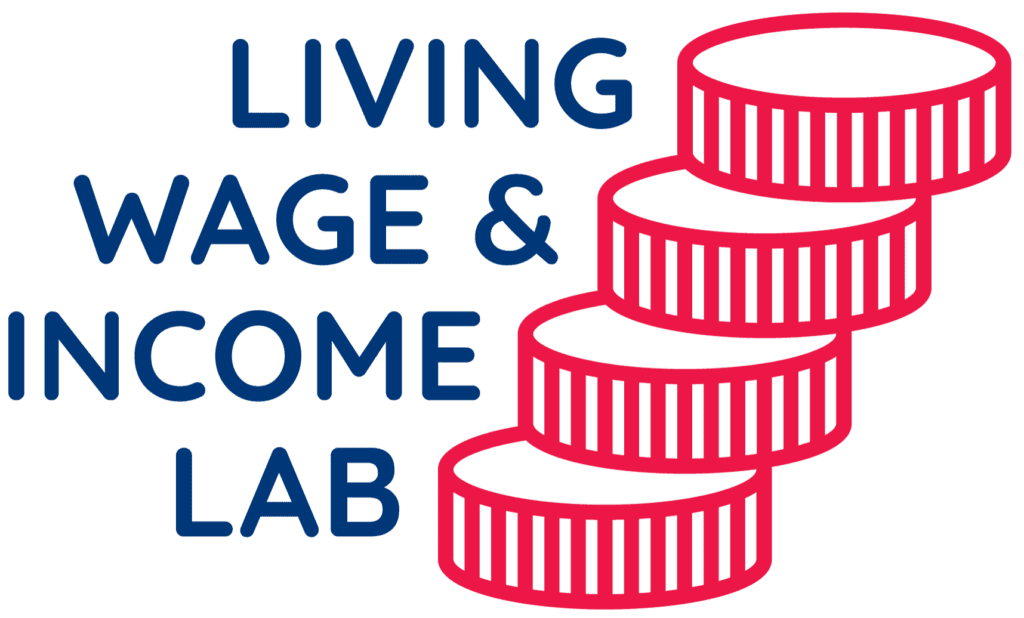ALIGN: a Lab product
Discover the ALIGN platform
One solution to have emerged from the Lab is ALIGN. ALIGN is the go-to platform for agri-food companies that want to take action on living wage and income. The platform was tailor-made for and by participants of the Living Wage & Income Lab.
It takes you by the hand, guides you on your missions, and helps you measure your socio-economic impact. From mapping risks to building up your sustainability policy, building partnerships, and communicating your efforts, ALIGN helps you review business practices and confidently organise your chain to fight poverty.

Supporting you every step of the way
- Action process: Track what matter to formulate your strategy
- Source Map: Find high-quality and yearly updated data on poverty
- Resource library: your digital library for best practices and resources
Supporting well-informed decision making
ALIGN was developed by Fairfood, Hivos and the Rainforest Alliance, with support of the German Federal Ministry for Economic Cooperation and Development. The platform is built with the endorsement and expert contributions of the Living Income Community of Practice, the Global Living Wage Coalition, and the Anker Research Network.

